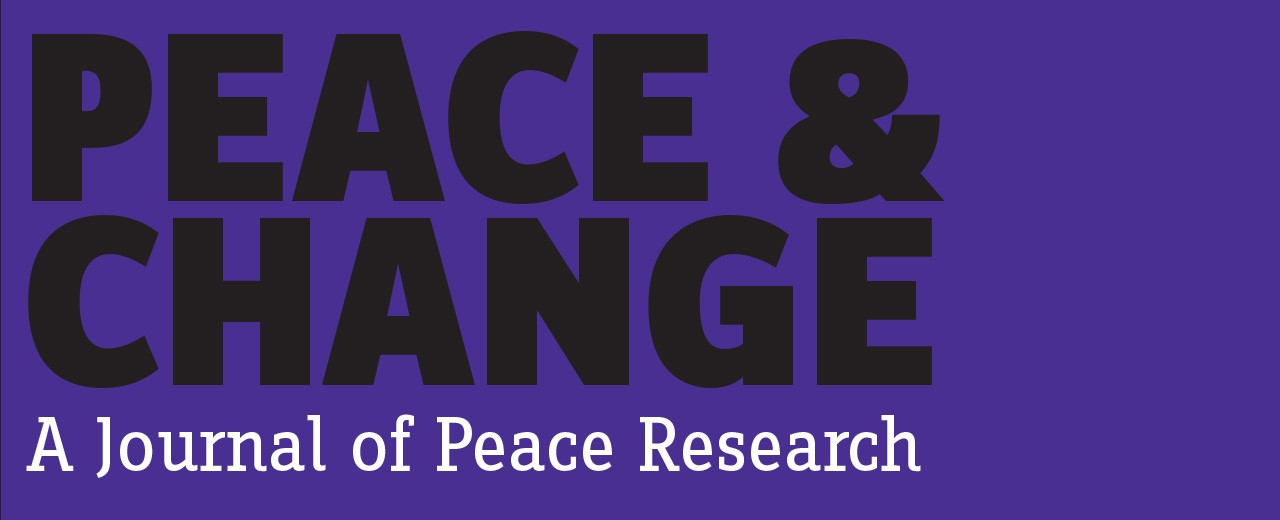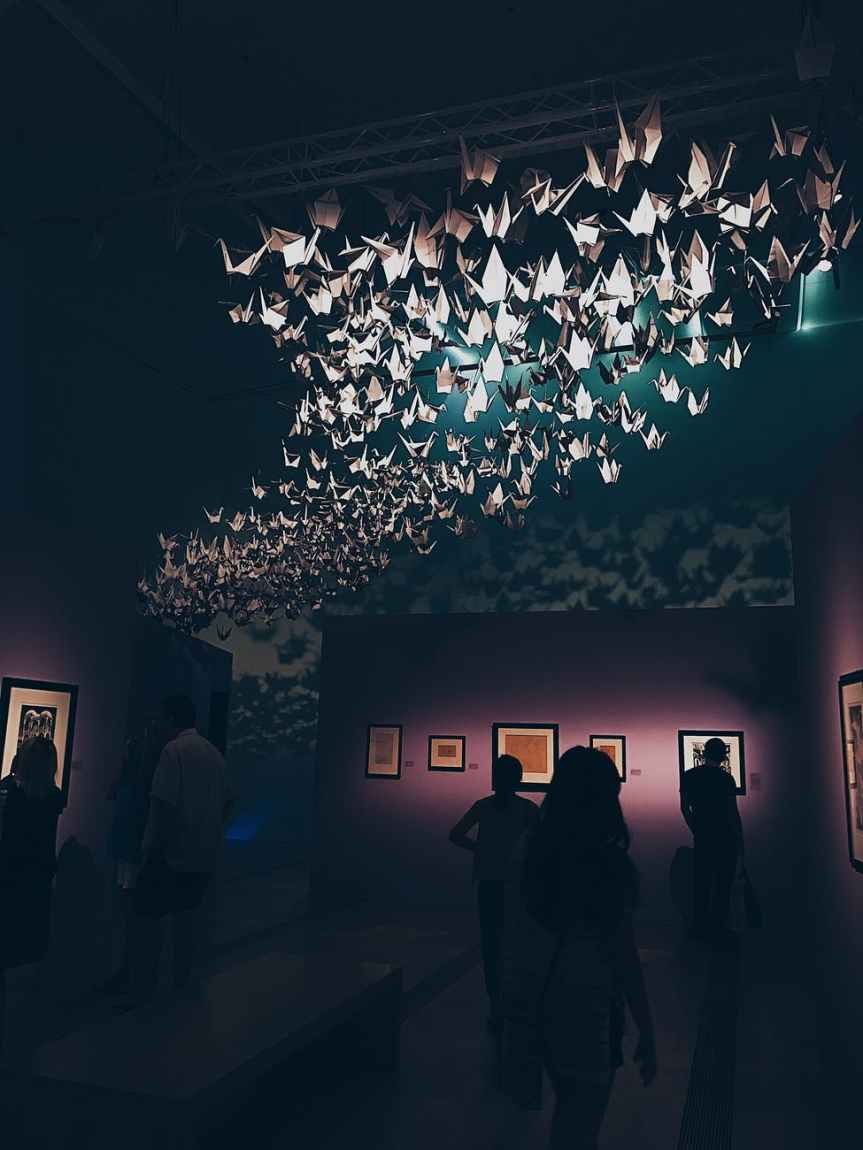By Vladimir I. Ionesov
Reevaluating the Peace and War in Museum Practices
One Samarkand parable says that War and Peace once met on the country road. War immediately began to praise itself and to persuade Peace that it is the most important thing for people, because it is just war that people dedicate memorials, erect monuments, build arches to, name in its honor museums, arrange holidays, establish awards… Peace, after having calmly listened to War, quietly uttered: “Yes, that’s right, but do not forget that people do all this just to eventually meet me”.
Indeed, humanity owes a great debt to Peace. And although the meeting with Peace is a cherished dream of people, we notice its value at times only when we begin to lose it. And that’s why peace is always a test. And although not every person is destined to go through it with dignity, Peace gives everyone a chance for the rescue.
The path of war is wide and crowded, the way of peace is narrow and very individual. War is faceless and devastating peace is personified and life-giving. War is loud and intrusive. If you don’t notice it, it will remind you. Peace is laconic and imperturbable, it is always nearby, but it’s hard to catch its eye. However, it looks at you until you see it and it is Culture that makes it visible. It is thanks to culture that Peace finds its face, its vital force and social significance.
This reminds me of another assumed common story when, during World War II, the United Kingdom’s budget was brought to Winston Churchill for his consideration. Having flipped through the document, he asked:
“And where are the costs of culture?”
“But the war is going on! What culture?”
“If there is no culture, then what are we fighting for?” asked an incredulous Churchill.
I intentionally allowed myself to make a digression from the given topic in order to mark the main ideas in the understanding of war, peace and culture that are related to the museum practices, which will be discussed further.
Museum practices demonstrate that in modern museum design there is a post-conceptual understanding of peacemaking or a paradigmatic shift towards culturalization (i.e. filling with culture) of the concept of peace. The post-conceptual intellectual turn has freed the artifacts of peacemaking from their habitual specific existence (Peter Osborne) and disavowed their sacral symbolic confinement, extending the subject-aesthetic and socio-communicative properties of things to the entire system of the life activity of culture. If earlier the museum exhibit was perceived only as a static sacral elite artifact of the exhibition presentation, then today it is increasingly positioned as a communicator, a recorder of important messages and a participant of the actual conversation, co-creation and transformation. Exhibits of the museum in this case are storytellers, initiators and designers that motivate viewers prompting the audience to refract their stories into their own experience of social creativity.
The challenge is posed to re-qualify the concepts of war and peace in the context of cultural knowledge. Modern researchers, in general, emphasize the need to progress to new communicative strategies in designing the peacemaking process, to the actual relevant technologies of visual modeling and creative experience of representation of peace as a cultural value and museum exposition. These issues are considered in the works of Ikuro Anzai, Joyce Apsel, Clive Barrett, Peter van den Dungen, Henry Jenkins, Ana Peraica, Lisa Schirch, Nina Simon, Susan Sontag, Kazuyo Yamane. The authors point out the significance of expanding the art-object and eventful screening of the peace, in which things and people will act as participants of a big conversation about the pressing needs of the present.
First of all, the peace museum should be viewed as a cultural reality, in the space of which the artifacts of peacemaking are gathered into a certain memorial-specified visual composition. This composition is being built into a certain text, a collection of stories, events, portraits, and it serves as a way of public demonstration and relaying of socially significant messages. Peace museum is a specific social institution for the cultivation of knowledge, experience and values of peacemaking, as well as instructive examples of overcoming historical and modern wars and conflicts.
The most sensitive to the ongoing changes are those museums that are called upon to articulate and relay through their exhibits socially significant topics, including war and peace, violence and peacemaking, crisis and viability etc.
Publications and projects of the main strategist and coordinator of the museum activities in the field of peacemaking – the International Network of Museums for Peace/ INMP (see https://www.inmp.net/) appear to be very helpful in the study of the actual practices of museumification of peace (1). The activity of INMP today unites many museums and organizations from around the world cultivating ideas of peace and non-violence. The Network accumulates both theoretical and practice-oriented research concerning the problems of peace, regularly holds international forums and thematic discussions on the development of museum peacemaking movements. The main thing is that the International Network of Museums for Peace has managed to form its culture – its recognizable image, its philosophy of the world order, its traditions, social and artistic practices, educational projects, publications, symbolic attributes and even its language of professional creativity (2). The creation of its culture is in itself a great asset, because the organization has acquired the necessary effective tools for the implementation of its peacemaking mission and the promotion of socially significant initiatives.
The modern peace museum strives to be a communicative laboratory and institution for preservation and cultivation of successful visual practices in exhibiting the instructive experience of the past (3).
Meanwhile there are too many themes of war and violence in the peace museums and too little of beauty, goodness and peacemaking. In this projection, it is apparent that peace strongly resembles what it opposes, turning it into a museum of war, conflict and violence. Therefore, it is necessary to distinguish: 1) museums for peace/containment of war and 2) museums for peacemaking/culture of peace. No matter how different are their histories, collections and functions, they have one current and urgent task: to let into museums as much peace as possible and through its culture construct within the museum an atmosphere of real peacemaking, creativity and communication.
Each peace museum is created in a specific society and functions in a specific cultural environment in accordance with the prevailing mental attitudes, stereotypes of perception and behavior. For this reason, the peace museum cannot be understood beyond the cultural and national contexts. Without taking these contexts into account, one cannot achieve the effective operation of a modern peace museum.
Thus, the modern museum is undergoing radical transformations in the ways and practices of visualization of artifacts. The transition to a new communicative space is being traced (seen/ targeted), in which museum exhibit artifacts will perform not only memorial and educational functions, but also be included in a more complex process of object-symbolic exchange and art design. In this process, the status of a thing changes and the imperative of creativity of action comes to the fore.
References
- Anzai, Ikuro. (2019) “Towards the Development of Cooperation between Peace Museums in Asia” in Ritsumeikan Journal of Kyoto Museum for World Peace 20:3-12,171; Apsel, Joyce (2016) Introducing Peace Museums. London and New York: Routledge. – 236 p.; Barrett, Clive and Apsel, Joyce, eds. (2012) Museums for Peace: Transforming Cultures. Hague (The Netherlands): INMP. – 270 p.; Engelkamp, Stephan, Roepstorff Kristina. & Spencer Alexander (2020) “Visualizing Peace – The State of the Art” in Peace and Change. A Journal of Peace Research 45:5-27.
- Sikander, eds. (2008) Museums for Peace: Past, Present and Future / The Organizing Committee of the Sixth International Conference of Museums for Peace. Kyoto (Japan): INMP, Kyoto Museum for World Peace, Ritsumeikan University; Ionesov, Vladimir I. (2019) “Ideas on Peacebuilding in Asia: How to Create Peace in the Region (Reflecting the Experience of the Samarkand International Museum of Peace and Solidarity and Its Partners)” in Ristumeikan Journal of Kyoto Museum for World Peace / Kyoto University, Japan. 20:48-63; van den Dungen, Peter and Yamane, Kazuyo, eds. (2015) Special Issue: Peace Education Through Peace Museums. Journal of Peace Education (December): 213-284; van den Dungen, Peter (2016) “Abolishing Nuclear Weapons through Anti-Atomic Bomb Museums” in Peace Review, 28:3, 326-333.
- Ionesov, Vladimir I. (2018) “Can Peacemaking be a Peace Maker?” in Peace Review. A Journal of Social Justice. 30:4, 527-536
Vladimir I. Ionesov is professor, chair of department of theory and history of culture at Samara State Institute of Culture and Director, International School for Advanced Research in Cultural Studies. He is founder and chairperson of Samara International Society for Cultural Studies. He has 30 years of experience in culture of peacebuilding in the international programs of the Samarkand International Museum of Peace and Solidarity (Uzbekistan) and of the Samara International Society for Cultural Studies (Russia). Author of over 350 scientific works, including five monographs and over 30 edited books. Some of his articles were published in Current Anthropology, Peace Review, Scientific Culture and Ristumeikan Journal of Kyoto Museum for World Peace on the topics of ritual and symbolic practices in changing culture. His current interests: anthropology of war and peace, culture in transition, social innovations in cultural process, visualization of memory, creative museum practices.

